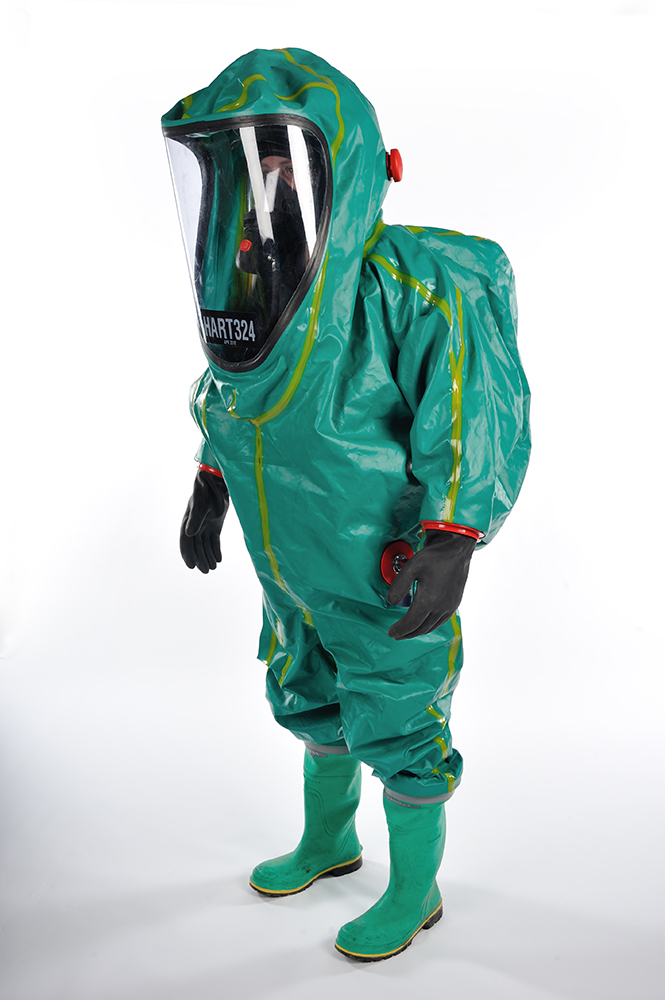carbon filtering characterization, mention, description, article chemist chemical Man
Carbon filtering is a method of filtering that uses a bed of activated carbon to remove contaminants and impurities, using chemical adsorption.
Do water filters remove trihalomethanes?
If you are on a tight budget, filters using activated carbon are your best bet. They remove lead, chlorine and trihalomethanes and many other contaminants at a modest price.
Are water filters safe?
But Good Housekeeping is confident in the procedures used to test Brita water filters. ... Now for bottled water. This is what the consumer views as their solution for drinking better water. Bottled water is amazingly not covered under the safe drinking water act.
What removes chloramine from water?
With either method, you must determine how much carbon you need to provide empty bed contact time (EBCT) sufficient to remove all chlorine and chloramine. Multiply the volume of granular activated carbon (GAC) in cubic feet times 7.48 to determine the volume in gallons. Then divide that by your maximum water flow rate.
What does activated carbon remove in a fish tank?
Carbon, or activated carbon, is used as a chemical filtration media. It helps to remove many organic and inorganic materials dissolved in tank water -- it keeps the aquarium water clear and removes odors. Activated carbon works by using absorption and adsorption.
How do you remove ammonia from water?
Nitrification is the most common way to biologically remove ammonia in wastewater lagoons. In this process, ammonia treatment occurs via bacteria already present in the water. These bacteria break down the ammonia and eventually promote the release of nitrogen gas into the atmosphere.
How long does it take for chloramine to evaporate from tap water?
This process takes about 24 hours for normal tap water concentrations of a few ppm of chloramine. Residual free chlorine can then be removed by exposure to bright sunlight for about 4 hours.
Can you remove chloramine from tap water by boiling?
If desired, chloramine and ammonia can be completely removed from the water by boiling; however, it will take 20 minutes of the gentle boil to do that. Just a short boil of water to prepare tea or coffee removed about 30% of chloramine. Conversely, chlorine was not as consistently removed by boiling in SFPUC test.
What is the difference between chlorine and chloramines?
Chloramination is the treatment of drinking water with a chloramine disinfectant. Both chlorine and small amounts of ammonia are added to the water one at a time which reacts together to form chloramine (also called combined chlorine), a long-lasting disinfectant.


Leave a comment